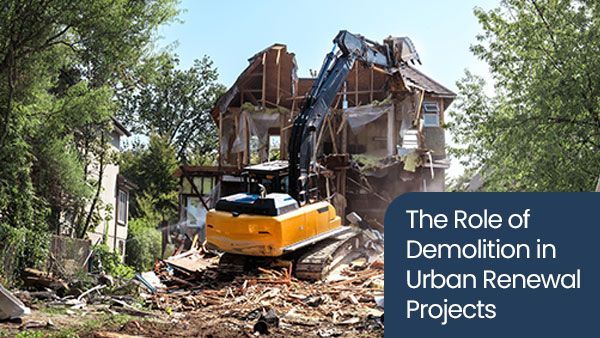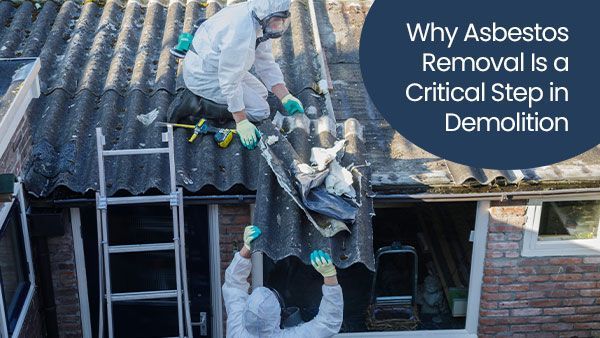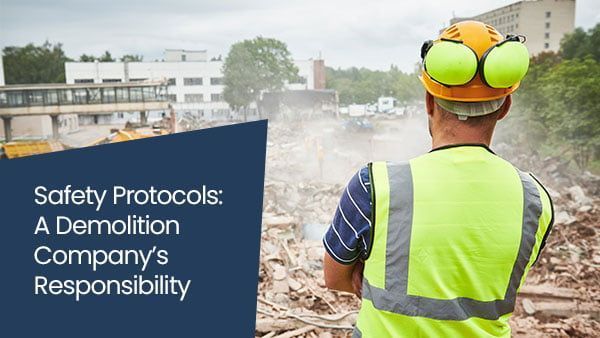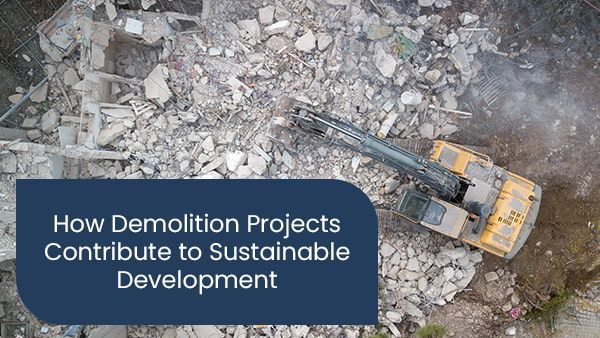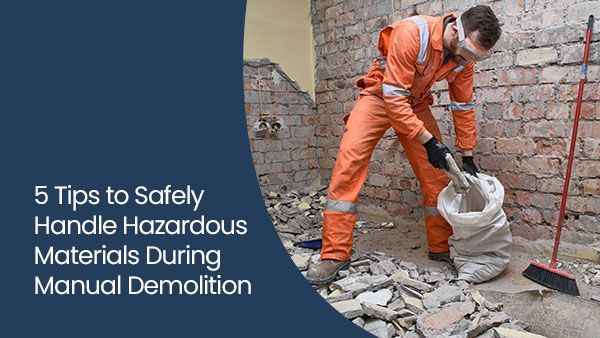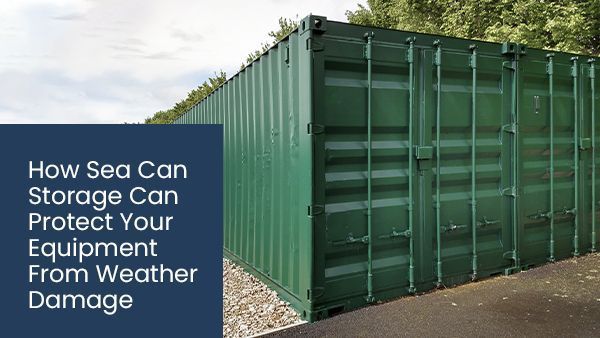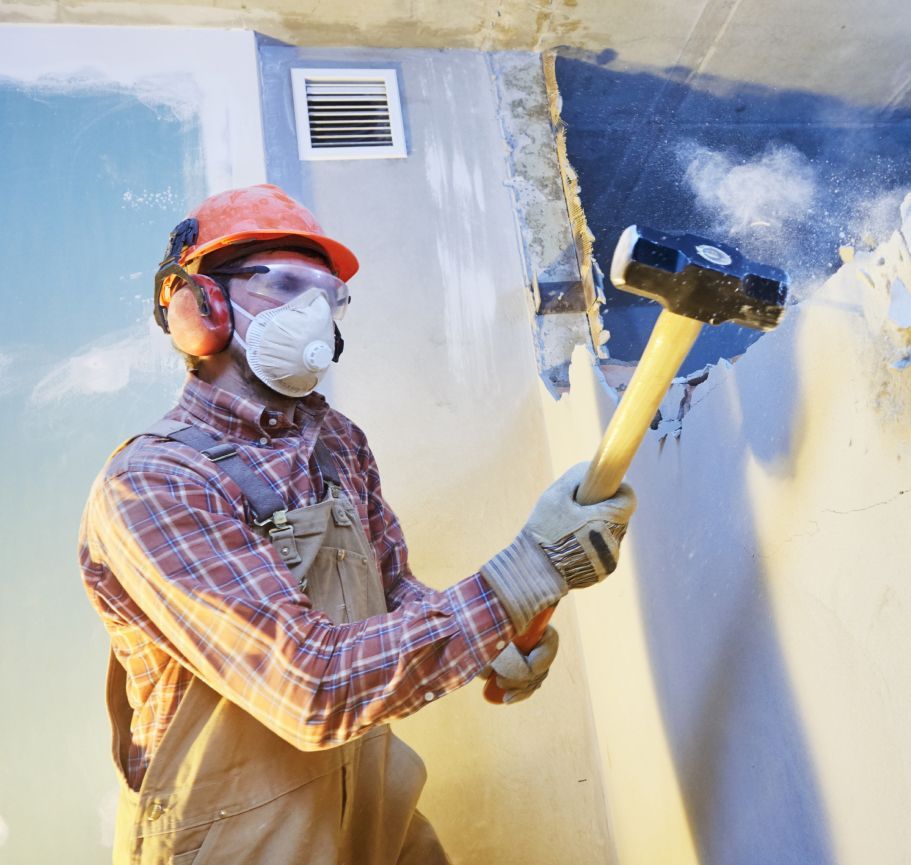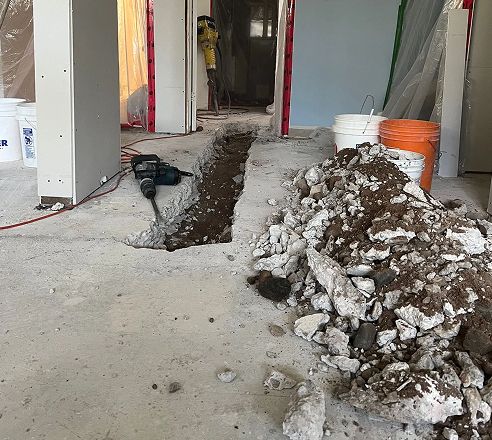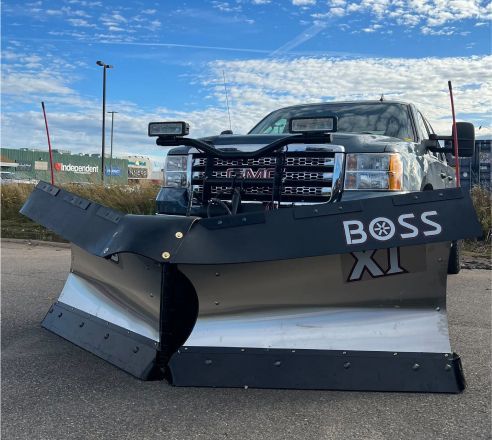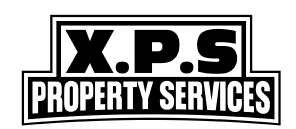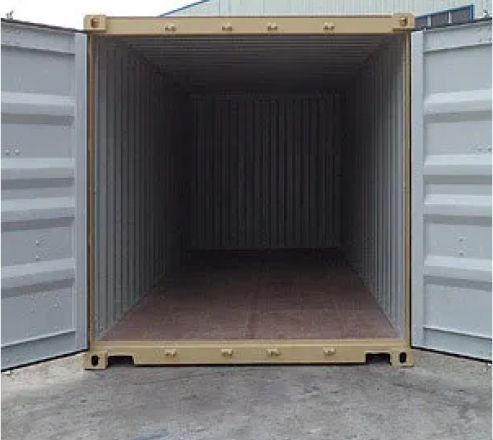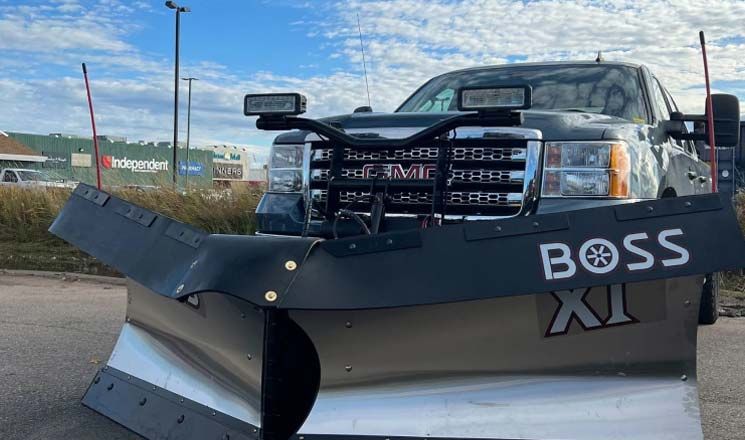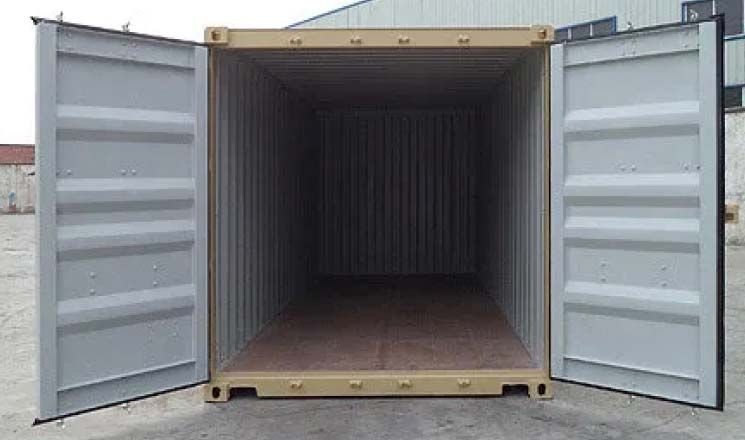Demolition Projects: What You Must Know Before You Start

Planning a demolition is not just about taking a structure down. It is a regulated, multi-step process that protects people, neighbouring properties and the environment. As a Canadian provider of demolition services, we guide clients from first site walk to final sign-off so work stays safe, compliant and on schedule. Below, we outline what you need to know before you begin, including scope, permits, safety controls, and specialist work such as asbestos removal and concrete demolition. If you are considering a project in Sault Ste. Marie or the Algoma region, you can learn more about MOD Demolition and request a quote.
Demolition Services Planning: Scope, surveys and schedule
Every job starts with a clear scope. We confirm whether you need full building demolition, selective interior demolition, or deconstruction to preserve assets. A pre-demo survey maps utilities, load-bearing elements, hazardous materials and site constraints like setbacks, hydro lines and public access. From this, we build a work breakdown, sequencing and schedule that fits your construction timeline.
A strong plan reduces cost and risk. It sets the order of operations, establishes staging for equipment and bins, identifies salvage targets, and locks in disposal streams. For tenants or active facilities, we design work windows and dust-control strategies so operations can continue safely.
Permits, notifications and utilities: Compliance before equipment rolls in
Demolition is governed by municipal permits and provincial safety regulations. We coordinate permit applications, demolition notices and utility locates. Before any wall comes down, we confirm gas and electrical isolations, cap water and sewer as required, and verify utility clearances.
Neighbour communication matters. For infill or tight urban sites, we outline traffic control, sidewalk protection and site hoarding. On larger footprints, we plan access roads for trucks and establish a one-way material flow to keep people and machines separated. Proper paperwork and public notice avoid stoppages and keep inspectors aligned with your schedule.
Building Demolition safety: Engineering controls and site protection
Safe building demolition depends on engineering controls and disciplined work zones. We use exclusion perimeters, signage and spotters to keep bystanders out. Mechanical methods are matched to the structure: high-reach excavators for height, shear and pulveriser attachments for steel and concrete, and saw cutting where precision is required. For interiors, selective hand demolition preserves structural members and reduces vibration transfer to adjacent units.
Dust and noise are managed at source. Water suppression, negative air with HEPA filtration for interiors, and sound-attenuated equipment keep disruption down. Vibration monitoring may be used near sensitive assets. Daily safety talks, lift plans, and lockout-tagout for live systems are embedded in our routine.
Asbestos removal and hazardous materials: Do not start until the survey is complete
If your building was constructed or renovated before modern standards, expect a hazardous materials survey. Asbestos removal and abatement of lead paint, mould, mercury lamps or PCBs must be completed by trained crews before general demolition begins. We set up containment, negative air and decontamination areas, then follow proper bagging, manifesting and disposal at approved facilities.
Skipping this step risks stop work orders, health exposure and significant cost. Our teams are trained for Type 1, 2 and 3 asbestos work, and we coordinate third-party air testing and clearance to document a safe, legal turnover to demolition.
Concrete demolition and recycling: Breaking, sorting and responsible disposal
Structural slabs, foundations and exterior hardscape often require concrete demolition. We use the right tool for the matrix and reinforcement: hydraulic breakers, pulverisers, diamond saws or wire saws for low-vibration cuts. Where feasible, we separate steel for scrap and crush concrete for recycling or backfill, which lowers tipping fees and truck trips.
Responsible waste management is built into our pricing. Wood, metal and masonry move in dedicated bins to certified facilities. This keeps the site clean, reduces your environmental footprint, and helps your project meet sustainability targets.
Salvage, deconstruction and asset protection: More value, less waste
Not everything needs to go to the landfill. Doors, fixtures, mechanical units and specialty metals can be reclaimed to offset costs. In selective demolition, we protect adjacent spaces with temporary walls, floor protection and dust controls, and we sequence work so businesses can remain open. Deconstruction takes this further by hand-removing assemblies for reuse. It is slower than mechanical knock-down, yet the resale and diversion benefits can be significant on the right projects.
Cost controls and scheduling: How to avoid overruns
Demolition budgets are won or lost in preparation. Unknown utilities, undiscovered hazardous materials, and access constraints create overruns. We mitigate these risks with early surveys, exploratory openings, and utility verifications. Clear bin staging, material flow and traffic management reduce idle time for machines and trucks. When clients share downstream construction plans, we can leave subgrade conditions, elevations and select foundations exactly as your builder requires, eliminating rework.
Choosing demolition services: Why method and team matter
Selecting the right partner is about more than price. Look for a contractor who can combine manual and machine methods, perform or coordinate hazardous abatement, and deliver thorough cleanup. Ask about training credentials, equipment fleet, insurance, past projects of similar scope, and how they handle documentation for permits, waste tracking and air monitoring.
As a full-service provider, we deliver interior and exterior demolition, concrete demolition, selective structural removal, asbestos removal, debris hauling and site cleanup under one roof. Our goal is to hand you a clean, code-compliant site, ready for construction.
Demolition services conclusion and next steps
Starting demolition without a plan leads to delays, change orders and risk. With a clear scope, permits in place, proven safety controls and the right specialists for asbestos removal and concrete demolition, your project moves faster and safer. We tailor demolition services to the realities of each site, whether that means selective removal in an active building, full building demolition on a vacant lot, or interior strip-outs under tight timelines.
If you are comparing contractors, explore MOD Demolition for service details and recent work. We are ready to align with your schedule, protect your site and deliver a clean handoff to your builder.
Reach out to MOD Demolition today at 249-294-4913 or 249-356-4545, or click here to get in touch online.







